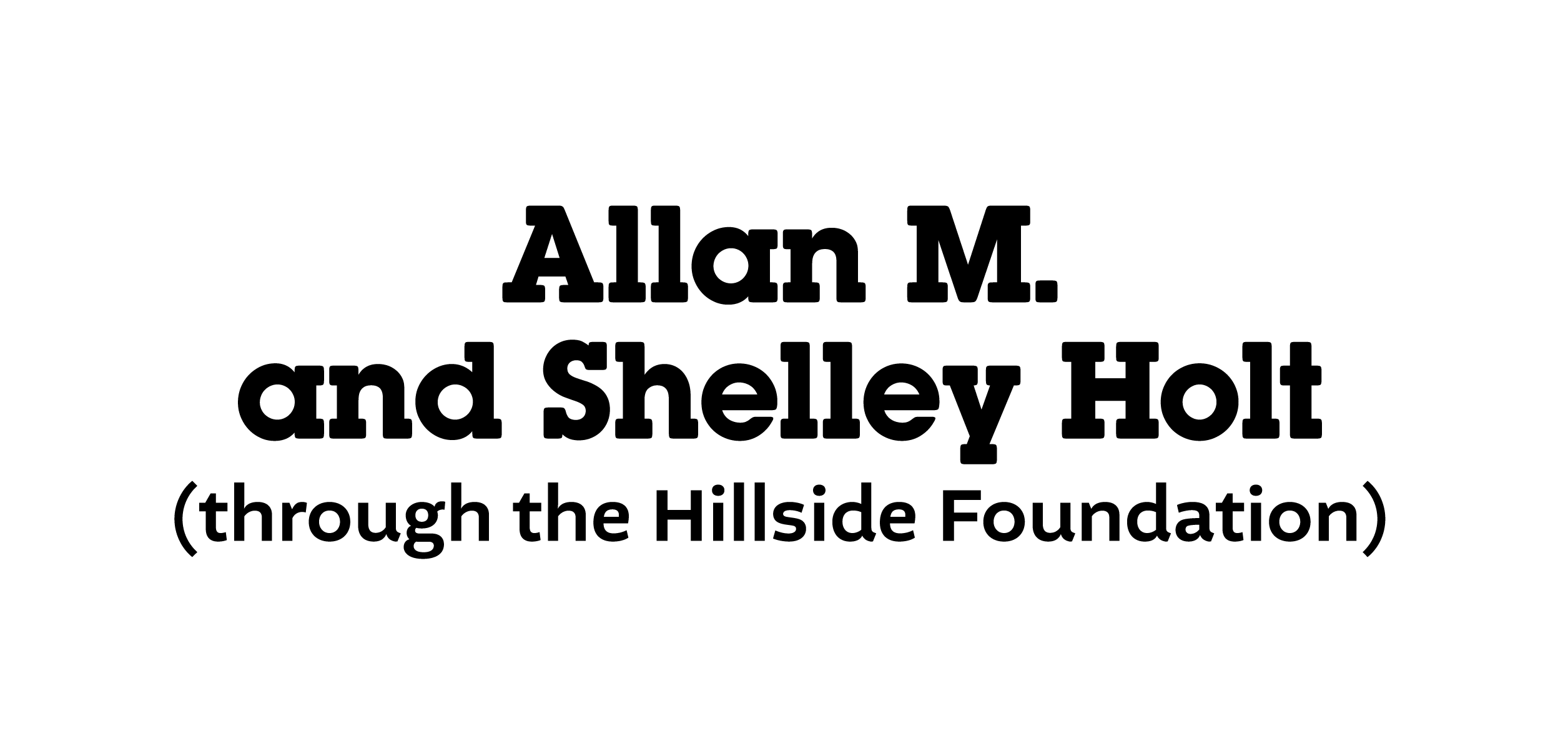Teacher's Guide
Use the Thurgood Marshall: A Biography about the Law interactive lesson to introduce students to the life, legal career, and legacy of the first African American Supreme Court Justice.
Throughout the lesson, students will a) explore Thurgood Marshall’s early life, education, and influences including his mentors, his education at Lincoln University and Howard University School of Law, and how these shaped his belief in the power of law to drive social change, b) identify and explain key court cases Marshall led to fight segregation and expand civil rights, c) understand why Marshall valued the law as a tool for fairness and equality, and d) reflect on Marshall’s legacy and impact on civil rights in modern America.
Lesson Information
- Grade Band: 5
- Focus Standard: Standard 5.0: History
- Content Topics: Individuals as Tools for Change; Contesting, Upholding, and Redefining Freedom, Rights, and Citizenship: Civil Rights
- Completion Time: 90 - 120 minutes
- Vocabulary: Visit the Glossary page for definitions of key vocabulary in this module.
This interactive lesson is aligned with the Maryland High School United States History standards.
Related Unit, Content Topic, Indicator, and Objectives
Unit 3: The Challenges of American Economic, Political, and Civic Life (1900- Today)
- Content Topic: Individuals as Tools for Change
- 5.3.2 Students will analyze local community leaders by:
- explaining how historical or contemporary local unelected community leaders addressed local needs.
- describing ways that people have benefitted from and been challenged by working together including through government, workplaces, voluntary organization, and families.
- 5.3.2 Students will analyze local community leaders by:
- Content Topic: Contesting, Upholding, and Redefining Freedom, Rights, and Citizenship: Civil Rights
- 5.3.4 Students will evaluate civil rights in Maryland and the United States by:
- analyzing methods used by individuals and/or groups throughout the 20th century to contribute to the advancement of civil rights for all people. (5.3.4.b)
- exploring how federal law, Constitutional amendments and the Supreme Court have extended and protected civil rights. (5.3.4.c)
- analyzing how the government granted or denied freedoms to people based on race, gender, and religion over time. (5.3.4.d)
- 5.3.4 Students will evaluate civil rights in Maryland and the United States by:
Additional Resources
- LDF Recollection: A Civil Rights Legal Archive Explore searchable collection of oral histories, legal briefs, press releases, editorials, and correspondence from more than 6,000 LDF cases.
References
Maryland Public Television, (2025). Becoming Thurgood: America’s Social Architect. [Video]
Using This Site
This lesson may contain PDFs for students to complete. They can print the PDFs and fill them out by hand, or download the files and fill them out on the computer. Most or all portions can be filled out online. Please check with your Instructional Technology Specialist for instructions on downloading the PDF. (Note that to complete the PDFs on the computer, you will need a viewer, such as Adobe Reader, that supports forms.)
Technology
This site is an Internet-based activity, and it was built to run on the following computer operating systems and browsers:
- Windows 7 or Newer: IE 8, 9, 10, 11; Current version of Chrome; Current version of Firefox
- Mac OS 10.7 or Newer: Current version of Safari
- iPad2/iOS6 or Newer: Current version of Safari
- Android 4.0 or Newer: Current version of Android browser
- Chromebook: Current version of Chrome
Users running Internet Explorer 8 will not be able to use the highlighter tool. Instead, teachers should consider partnering students for a brief discussion.
Visit the Accessibility page for detailed information on the site's accessibility features.





